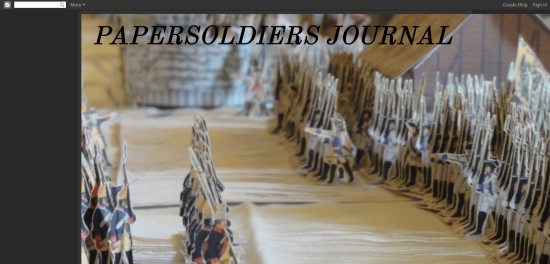
Lady Franklin and John Rae
270 pages. 16 pages of black-and-white photos (mostly portraits). List for further reading, index.
This book is about the aftermath of the Franklin Expedition, which arguably was the worst disaster in British polar exploration.
There are 36 chapters, organized into five sections:
- The Man Who Ate His Boots
- Three parallel stories: The biography of John Franklin, British naval officer, up until his near-death and return from the Coppermine River Expedition, a overland expedition to map Canada's northern coast. The biography of Jane Griffin, intellectual daughter of a wealthy gold trader, and John's future wife. And a history of polar exploration, by land and sea, and the search for a navigable passageway.
- A Governor in Petticoats
- John Franklin is knighted, and marries Jane (his second wife), who begins to 'manage' his career. After commanding a warship in the Mediterranean, he is offered the governorship of Van Dieman's Land (modern Tasmania). Accused of being overly influenced by his wife, attacked politically, Franklin is recalled as governor. To regain his reputation, Franklin at age 60 accepts command of one more polar expedition.
- The Lost Expedition
- John's friend and fellow explorer, Dr. Richardson, organizes an expedition to search for the missing arctic expedition. John Rae emerges as a new kind of arctic explorer, learning from the natives and traveling light.
- Heroic Failure
- Explorer John Rae encounters Inuit with news of the fate of the Franklin Expedition. Rather than proceed to see the site himself, Rae chooses to return to report.
- A Bitter Winter
- John Rae's report includes testimony from the Inuits that suggests members of the Franklin Expedition resorted to cannibalism. Rae is condemned in some quarters for believing the 'untrustworthy' Inuit, and for returning prematurely. Lady Jane Franklin fights to establish her husband's legacy as (supposed) discoverer of the North West Passage.
This is a fascinating book if you have any interest in arctic exploration, and how the nature of exploration changed. Many of the people involved were remarkable characters.
A major problem is that the book provides only a single, low-detail map of the Canadian arctic, making it difficult to follow the various expeditions.
It's rather mystifying why the author titled the book 'after' the Lost Franklin Expedition, when it actually covers 'before and after'. His subtitle, 'Lady Franklin and John Rae', suggests that the book is about their dispute over Franklin's legacy, but that only occurs in the final section of the book.
The weakest part of the book is the contention by the author that Lady Franklin personally saw to John Rae's discreditment and 'ruin'. Since Lady Franklin used personal influence, it is impossible to document to what degree she was involved in the campaign against Rae. After all, it was the Royal Navy which took all credit for polar expedition, leaving out the Hudson Bay Company's role. It is also an overstatement to say John Rae was 'ruined' – he continued to explore, to travel, and was eventually recognized for his achievements. It seems that the author wanted to 'sex up' the book by implying that it is about conflict between Lady Franklin and John Rae, when that's such a small part of the book.
The author makes the error of telling us at times what he feels the major characters were thinking, and what their prejudices must have been. I would rather that he would stick to the facts. Similarly, I found it irritating how often the author made disparaging comments about John Franklin's intelligence.
Can you wargame it? John Franklin was present at a number of battles, including Trafalgar and the first Battle of Copenhagen – but you would have to look elsewhere for scenario information. If you are looking for Pulp or VSF inspiration, there is much background here for imagined adventures.
An interesting book. Recommended.
Reviewed by ![]() Editor in Chief Bill
Editor in Chief Bill ![]()
![]() .
.








